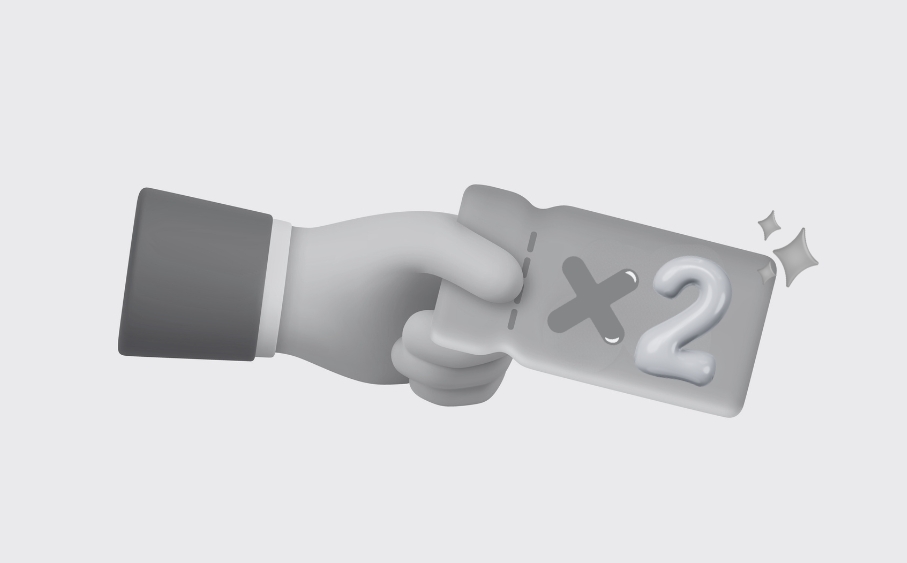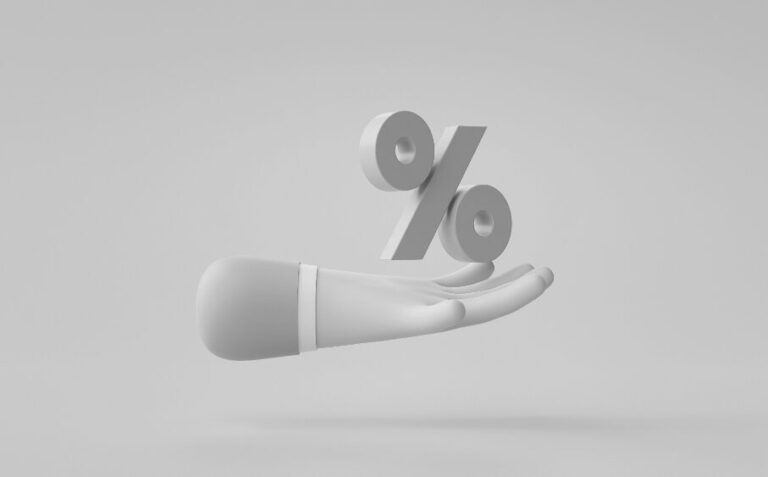What if I tell you there is a simple way retailers can price their products with an indisputable profit, and it is even better if they happen to have a niche product category? This way of pricing is called keystone pricing. Sure, there are many pricing strategies, but which one describes keystone pricing?
What is Keystone Pricing?
Keystone pricing is precisely doubling a product’s actual wholesale or production cost and setting it as the new retail price of your products. According to the keystone pricing definition, you will be getting 50% profit from every item you sell. As a starting point, it is more straightforward and practical for generating higher profits for your unique products.
Formula
As we mentioned, keystone pricing is the specific way of doubling your price for equal amounts of profit and your manufacturing cost. So, for example, if you have a mug shop that sells handmade coffee and tea mugs from special materials, and the manufacturing cost of your mugs is 30 dollars, then the retail price of your mugs should be 60 dollars, as your keystone markup is 30 dollars as well. We can say that the formula would look like this:
Retail Price = Cost of manufacturing the product or service x 2
Advantages of Keystone Pricing
Keystone pricing is easy to implement since its implementation doesn’t require any complex calculations. With the rise in know-how on competitor price tracking and reacting to market trends, keystone pricing is no longer applicable in many industries. But it can provide a fair benefit if you are just starting out with your ecommerce business. Then, as the businesses scale up, merchants can also easily shift to other pricing strategies.
Disadvantages of Keystone Pricing
The problem with the keystone strategy is that it is so straightforward that it doesn’t work well on competitive products that are easily accessible, since online customers compare prices before making a purchase. The result is choosing a similar product that is cheaper with the same quality. Another consequence of this is that it may cause your products to stay unsold for an extended period of time, which will also make it harder for merchants to move their excess inventory. So, retailers in competitive markets, sellers with easily comparable products are best to avoid using keystone pricing as their pricing strategy.
On the other hand, if you have managed to differentiate your product offering with its quality and have done a successful branding for your company, or you believe that your product is rare and in high demand, then implementing keystone pricing makes sense for your products as a starting point, and people are willing to pay higher prices. As demand rises, merchants can consider premium/prestige pricing for their high-quality products. Because sometimes the keystone markup can be too low of a profit margin, and you might be leaving a serious amount of profit on the table. The only way to assess this situation is to monitor the market and your competitors. It is always a good idea to track your competitors’ prices to know if your price points are, well, on point and competitive.
Wrap-Up
Keystone pricing can guarantee retailers significant profits if used at the right point in the simplest way. However, it may not be the right long-term strategy for every retailer, but it’s safe to say that it is a helpful starting point for businesses. As retailers become familiar with market trends and their competitors, shifting their pricing strategy toward more dynamic pricing strategies, complemented by competitor price tracking, helps their businesses to be more profitable.





